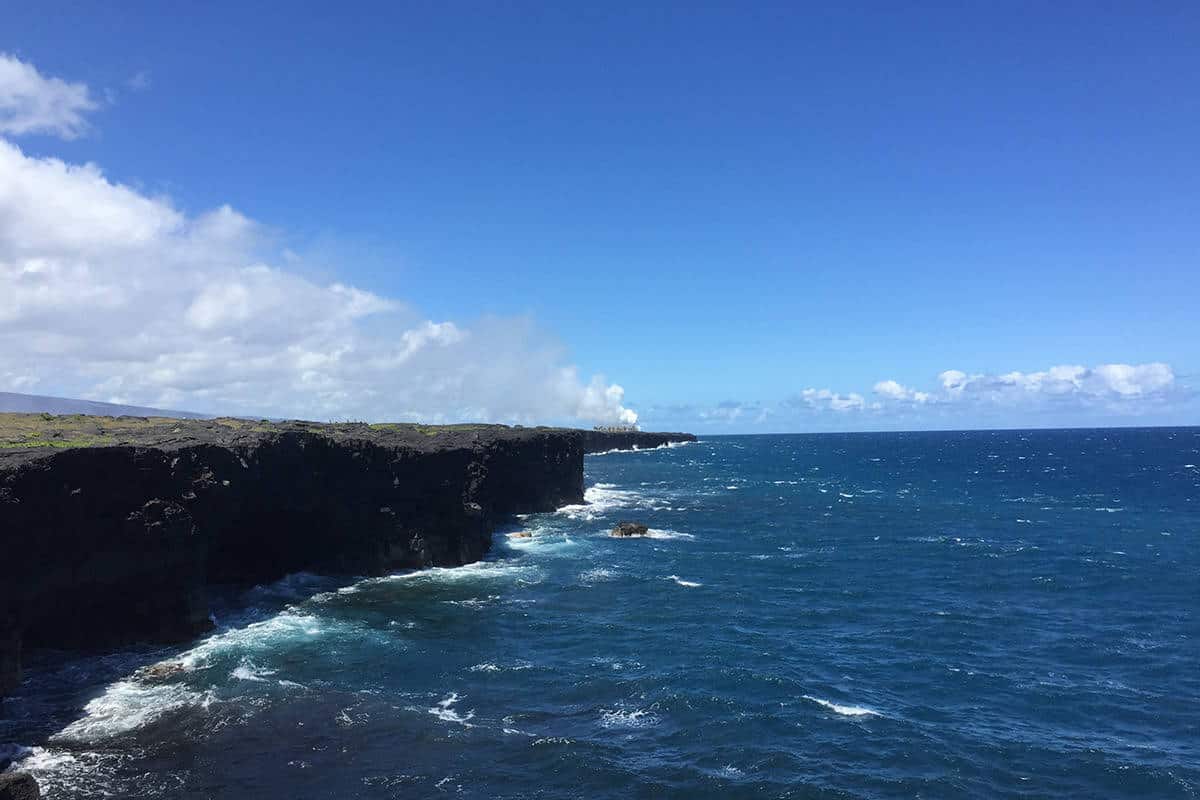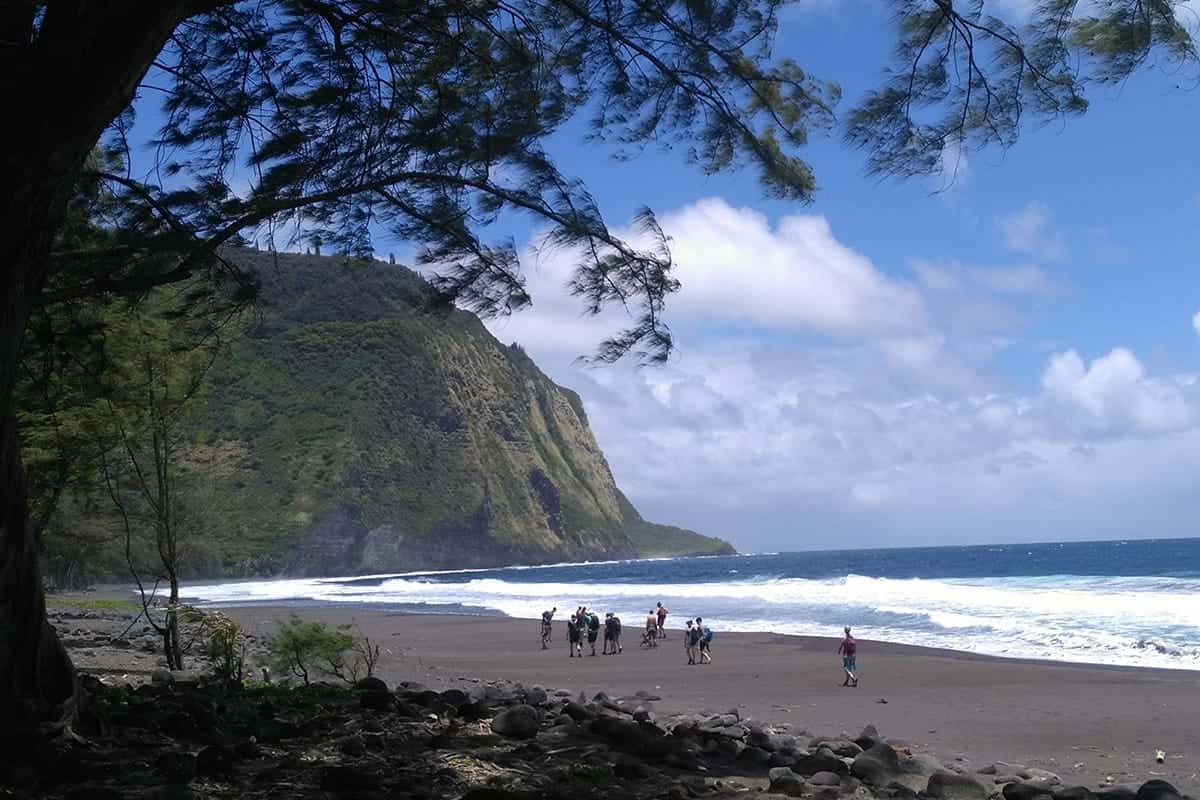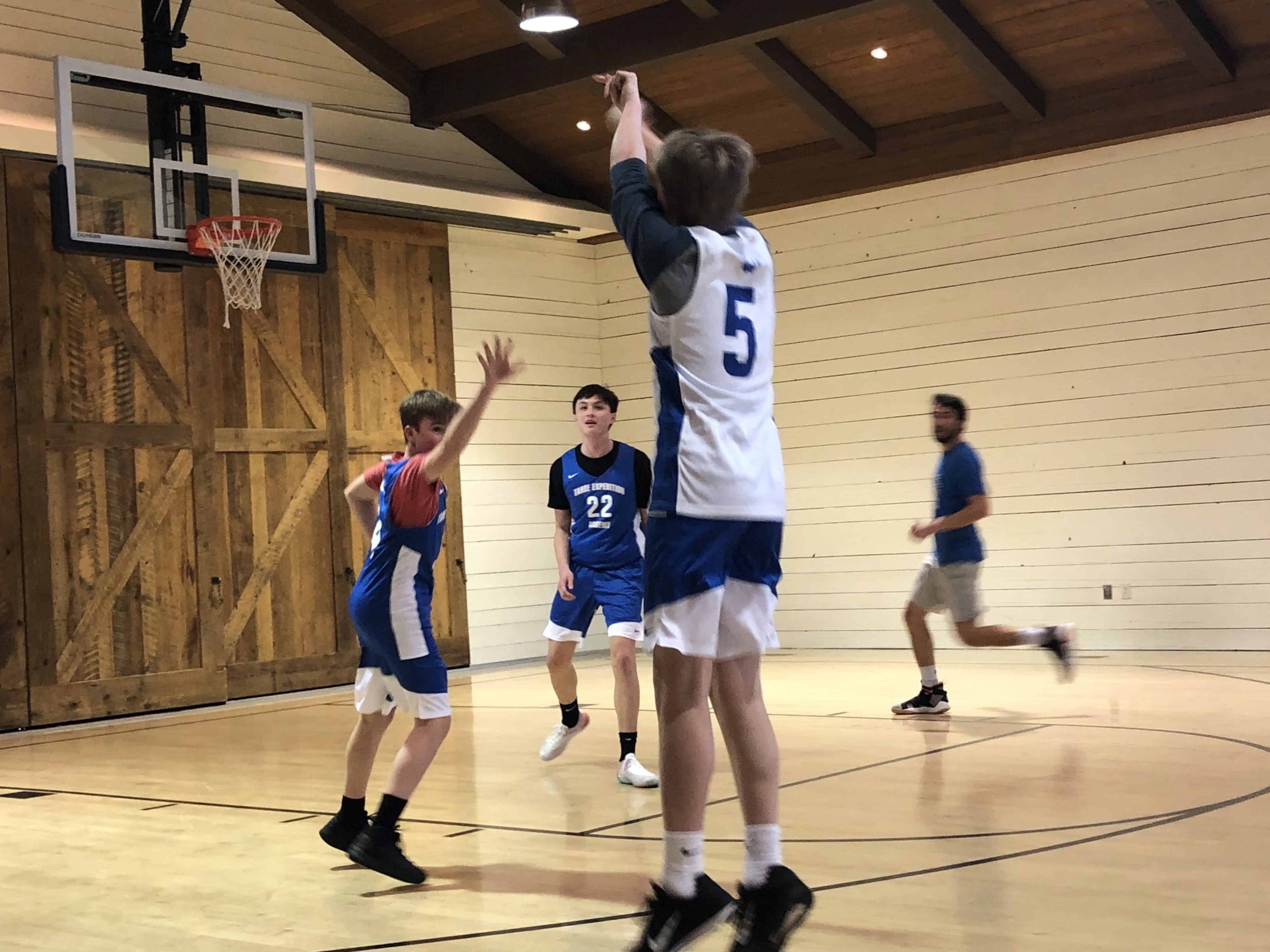Studying Climate Science and Renewable Energy Tech in Hawaii
Tahoe Expedition Academy High School students conduct scientific research in harsh volcanic landscapes and atop 13,000-foot mountains.
This wasn’t a normal trip to Hawaii. There were no fancy hotels booked, no luaus planned. Instead, two groups of high school students traveled across the Pacific Ocean to the Big Island of Hawaii to study climate change and renewable energy technologies. The climate science team came to understand the anthropocene with a goal of using science to prove the anthropogenic influences on climate change. The renewable energy team studied the various types of renewable energy utilized on the Hawaiian Islands to understand what technologies would be used the most going into the future. But would there be time to swim with turtles and relax on the beach? Perhaps, but this was an investigative trip for conducting research that involved several nights of camping and hiking. It just so happened the research was taking place in a tropical paradise.
While developing their own investigative plans for conducting research, the climate science team first learned how scientists effectively communicate their climate change findings in a climate of controversy. They also set off to effectively depict the human condition of scientists/science expedition teams conducting field research in harsh environments. While most may not think of Hawaii as a harsh environment, the students knew they’d be doing researching in harsh volcanic landscapes and atop 13,000-foot mountains.
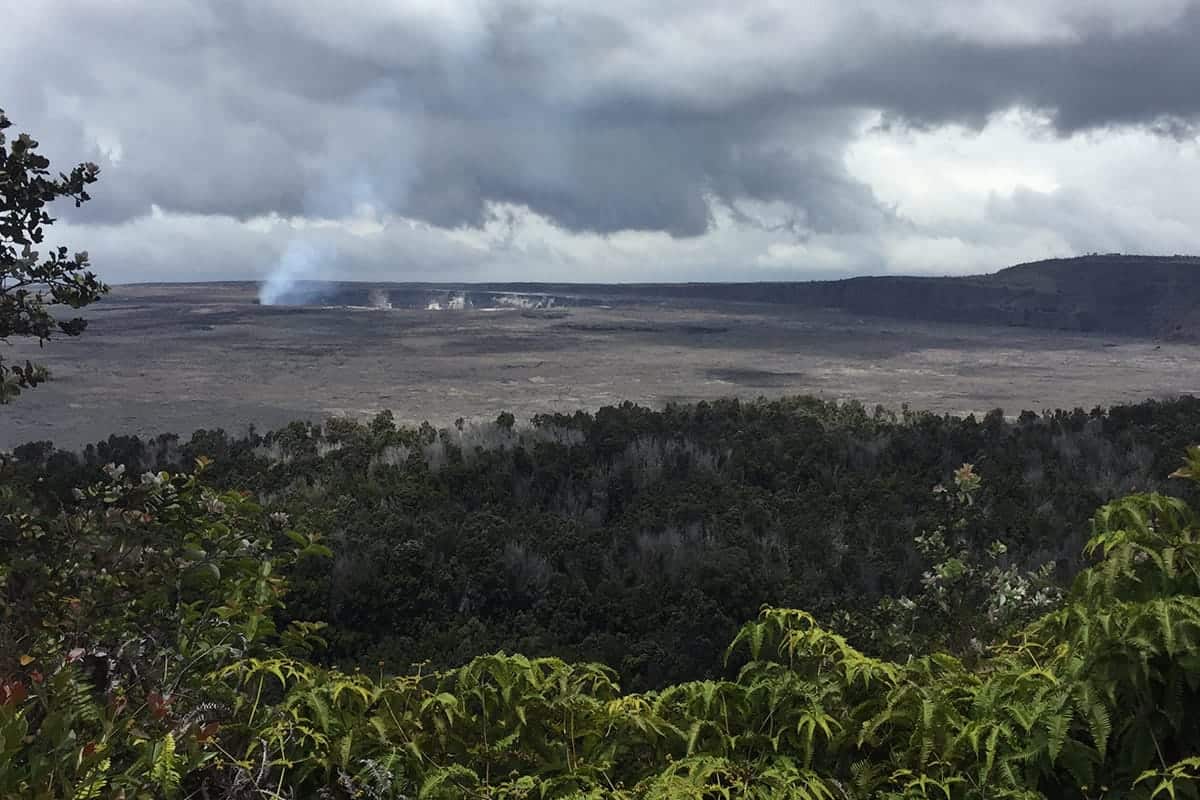
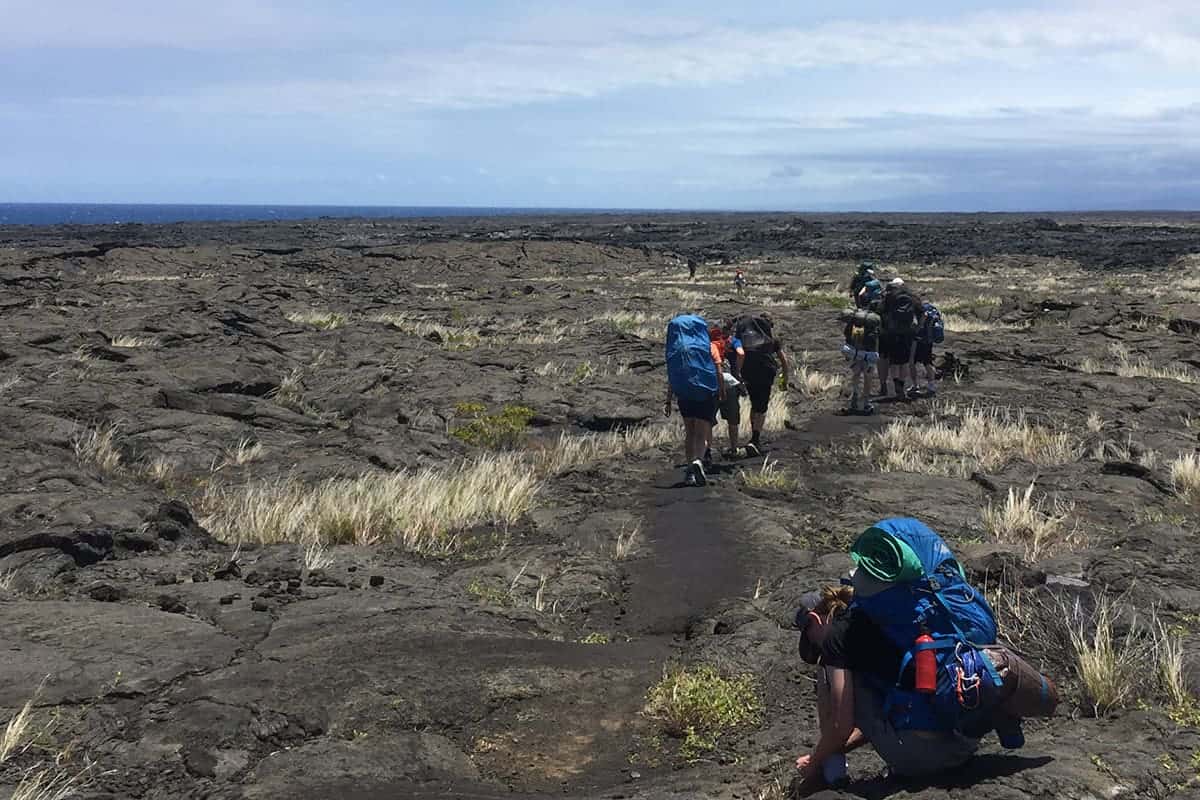
Their goal? To apply this learning in a real world setting like Hawaii in an effort to predict which renewable energy technologies will become drivers of our future energy portfolio.
To prepare for their trip, the renewable energy team learned how renewable energy and energy storage technologies work. Their goal? To apply this learning in a real world setting like Hawaii in an effort to predict which renewable energy technologies will become drivers of our future energy portfolio.
As the service component to their learning expedition, the two teams came together to execute a massive trash pickup in the Hawaii Volcanoes National Park. The garbage collected was from the Great Pacific garbage patch, also known as the Pacific trash vortex. In coordination with the 5 Gyres and One World One Ocean organizations, samples of the trash were submitted for scientific research.
In the end, the students had some time to swim and snorkel before boarding their plane home. And thankfully there were free outdoor showers to wash off the dirt and grime from several days spent sleeping in the dirt. Throughout this learning expedition, the students experienced incredible opportunities for growth while traveling and learning with one another. Hawaii proved to be an amazing place that allowed the students to learn about ancient and modern ways related to the environment and cultural practices of both native and visiting humans. Our hope is that we can continue learning from this trip to Hawaii during which the students gained, even more, respect for the land, themselves, and others.
